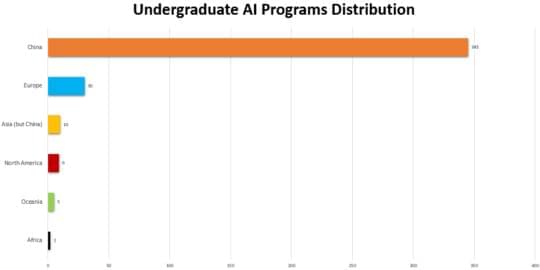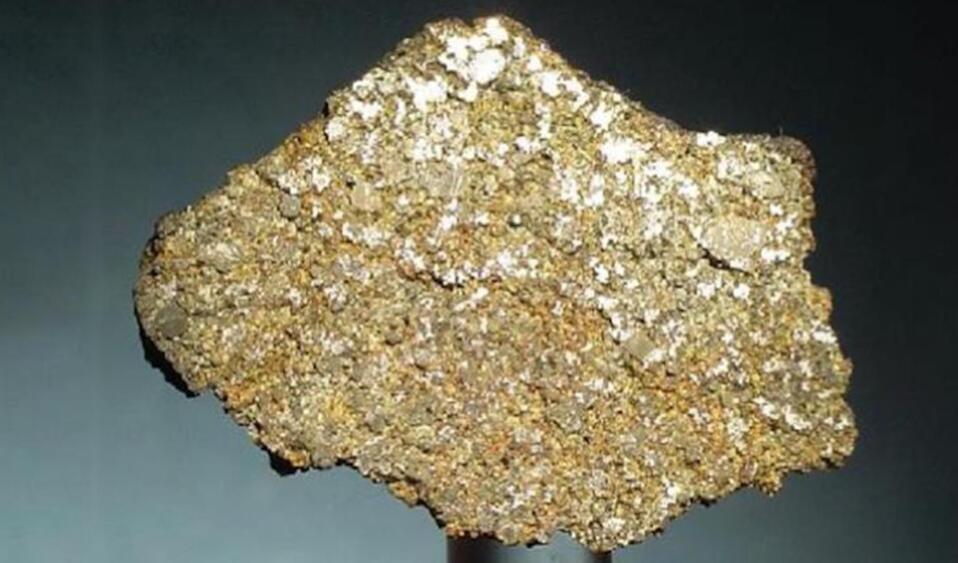Volkswagen has finally unveiled the version of the ID.Buzz electric van that’s destined for North America, and there’s more to it than you might think. The three-row design with two extra seats is clearly the main draw for roadtrippers and growing families, but this isn’t just a stretched version of the modern Microbus. It boasts a larger 91kWh battery (versus 82kWh for the two-row), a more powerful 282HP motor for the rear-wheel drive trim (versus 201HP) and a higher 99MPH top speed (versus 90MPH). While there are no range estimates yet, there will also be an optional all-wheel drive configuration with a 330HP dual-motor system.
The interior tech hasn’t changed much from the two-row model, although that’s not necessarily a bad thing. You’ll still face a 5.3-inch digital instrument cluster and a 12.9-inch infotainment display. The larger ID.Buzz now has the easier-to-use interface from the ID.7, though, and you’ll find a total of eight USB-C ports — helpful when friends in the back want to charge their phones. The three-row EV also comes standard with Level 2 driver assistance (including lane centering), and the customizable cabin lighting doubles as a status indicator for everything from charging levels to navigation directions.
The North American van also touts the largest panoramic roof of any car in the VW group at 67.4 inches long, and uses electrochromic glass to turn opaque when it’s not needed. You’ll also find a 110V outlet under the passenger seat area, and a 12V port in the cargo space can charge more of your gear. A nine-speaker audio system is standard, but you can upgrade to a 14-speaker Harman Kardon unit.







